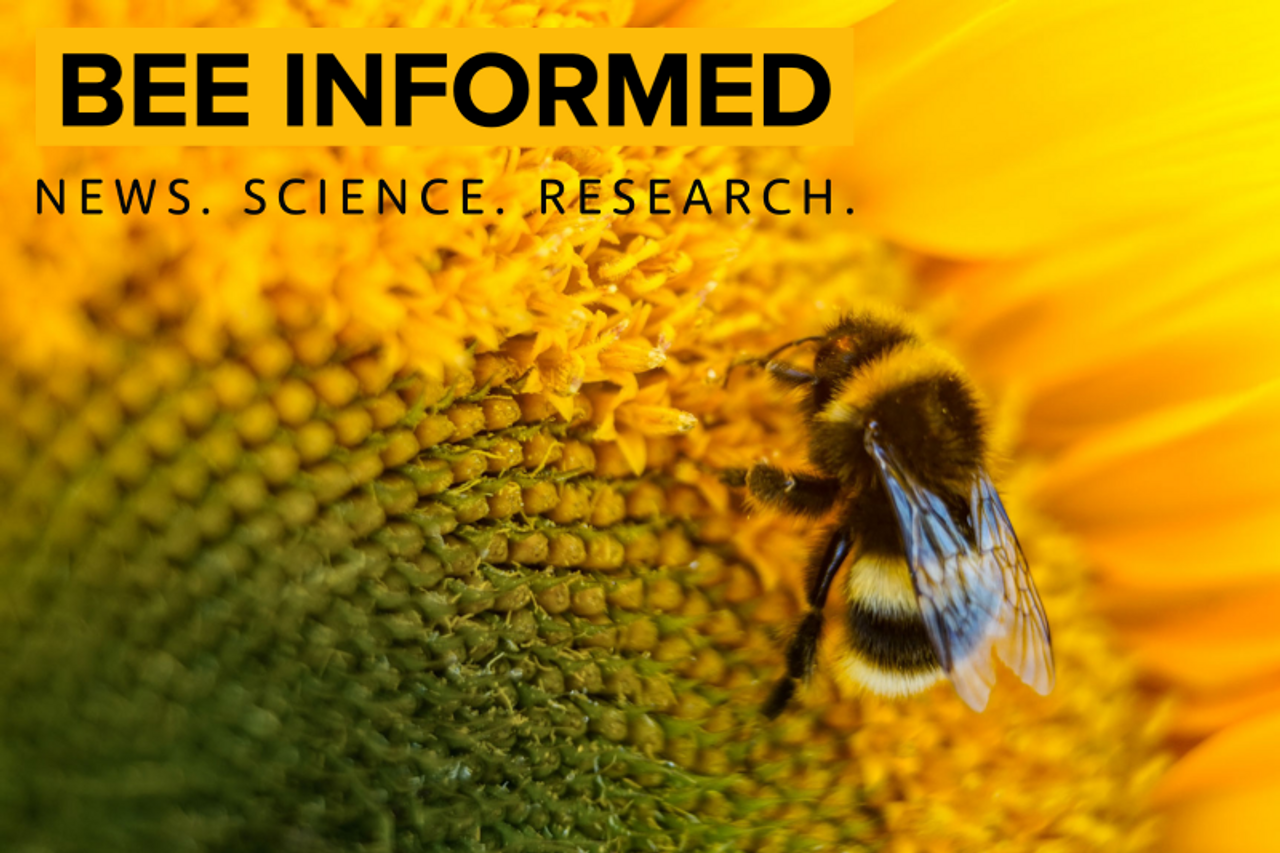
Each month our Bee Informed Blog highlights current news, science, and research related to solitary bee conservation, food insecurity, and sustainability.
1. "Students raising mason bees at Orcas School"
(The Islands' Sounder) Orcas Master Gardeners Dray Longdon, Laura Walker, Tony Suruda and Nancy Forker visited the Orcas School Garden on Oct. 6 to help the 5th-grade students harvest cocoons of mason bees and prepare them for winter storage. Mason bees are native pollinators that nest in cavities. They harvested nesting tubes that have been at the school from April through October. Mason bees, along with bumble bees, are important early spring pollinators in our cool coastal climate. There were 24 kids from the class and the supervising faculty member was Mandy Randolph. Continue reading...
Want to include bees in your school curriculum?
- Join our Community Garden Pollination Program and get 15% off ALL Crown Bees products, and free access to high-quality educational materials to use in your classroom.
- Check out Mason Bee Edu — an instructional resource for high school science educators who want to enrich their curriculum and foster a greater understanding of pollinator biology, the importance and role of solitary bees in food production and ecosystem services, and the need for conservation of solitary, wild bees.

2. Lava hole bee found in Oregon again
(Columbia Gorge News) A bee recently rediscovered in Oregon by an Oregon Bee Atlas (OBA) volunteer lives only on volcanoes, where it reproduces on tiny balls of pollen it stuffs into tiny bubbles in volcanic rock found in lava fields.
The lava hole bee, Atoposmia oregona, only collects pollen from an elite group of four penstemons that grow on volcanic mountains, according to OBA taxonomist Lincoln Best. The female lava hole bee then rolls the pollen from these penstemons into a little ball and inserts it into a tiny hole in a lava bed, formed by a bubble of escaping gas when the lava cooled more than 2,000 years ago. The bee lays an egg on it and seals it away. The egg hatches, and as the larva grows it consumes the pollen. Next year, a new lava hole bee emerges and goes looking for more penstemons. Continue reading...

3. Cities Need More Native Bees—Lots and Lots of Adorable Bees
(Wired.com) When the Town Mouse visited the Country Mouse, the old fable goes, she politely ate her host’s simple food. But when the pair ventured to the city for the delights of urban life, the Country Mouse quickly fled back home to escape cats and other dangers. The country may be simple, the rodent realized, but at least it’s safe.
Try telling that to the bees. For these pollinators, that urban-rural dynamic has in many ways flipped: With the spread of industrialized agriculture, monocrops like wheat and corn have replaced forests of diverse flowering plants, obliterating bees’ food source. Agriculture has also brought clouds of pesticides that are killing bees en masse. But oddly enough, urban gardens—where different crops can grow next to each other, since they’re tended by hand rather than by giant, lumbering machines—are increasingly providing bees with sustenance. A growing body of research is showing that bee diversity in cities can actually be much larger than in surrounding rural areas. Continue reading...

4. Showing gratitude for bees this Thanksgiving
(Malia Libby, Environment America) As family and friends gather to celebrate Thanksgiving this year, it’s important to remember what got you to that table. Sure it’s the hard cooking labor in the kitchen and the difficult travel some family members took to get there. But we should also set aside time to reflect on some smaller, unheralded creatures that made our meal possible. Simply put, bees have made numerous contributions to most families’ hearty Thanksgiving feasts. Without bees, some of our signature holiday dishes would even lose their namesake ingredients — such as the pumpkin in pumpkin pie. Continue reading...

Image Above: Thanksgiving staples that need bees. Yellow labels indicate ingredients that rely on bees. Blue labels show foods that have an indirect but often complementary relationship with bees.
To stay up-to-date on bee-raising tips and reminders, events, pollinator research, and sustainability insights, sign up for our monthly BeeMail newsletter and follow us on social media!